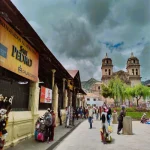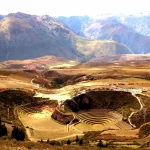Cusco is not only the cradle of Andean culture and the gateway to our Inca citadel Machu Picchu, but also a fascinating destination for traditional gastronomic culture. Cusco’s cuisine is a reflection of its culture, traditions, and the richness of its own regional ingredients. Each dish is an explosion of ancestral flavors that have endured through time, preserving the essence of its culture within the preparation of each one of them that continues to captivate visitors.
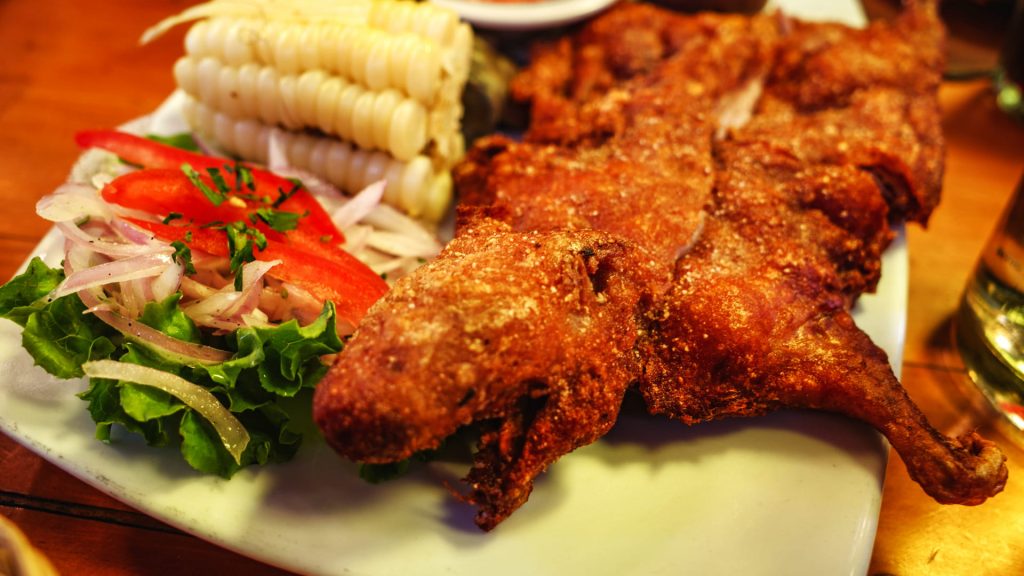
A Journey Through the Traditional Andean Flavors
Andean food is more than just a gastronomic experience in the city of Cusco, it is a way to connect with the identity and history of the Andean people. From the use of the potato that has more than 3,500 species in Peru, to the quinoa that is considered the golden grain of the Incas preparing countless dishes with them. As well as those already mentioned, each ingredient has its meaning and purpose within our typical dishes.

Traditional Typical Dishes You Can’t Miss to Try
1. Baked guinea pig
The Andean people have cherished guinea pig as a significant food since colonial times, enjoying it during festivities and special ceremonies. They traditionally bake it in the oven with various spices, enhancing its exquisite flavor. This cooking method creates a crispy skin and tender, delicious meat. Served with potatoes and salad, it offers a feast of flavors and textures that always leave us craving more.

2. The Chiriuchu: traditional Fiesta dish
If you visit the Imperial City during the Corpus Christi festival, you cannot miss the opportunity to try the delicious chiriuchu. It is a cold dish that combines several ingredients typical of the region. It consists of guinea pig, chicken, cheese, fish eggs, blood sausage, jerky, seaweed, roasted corn, and the inevitable piece of rocoto. Each ingredient represents an element of the Andean geography, making this a true balance of flavors that is exquisite for those who consume it.

3. Chairo
For certain cold days in our Andean region, chairo is the perfect choice. It is a perfect thick soup that has as ingredients lamb, dried meat, chuño, wheat and spices to give it flavor. Its exquisite and consistent flavor is excellent for recovering energy after an exhausting but rewarding day.

4. Olluquito with Charqui, flavor and tradition
Olluco is an Andean tuber that grows on the top of the mountains, combined with dried meat or charqui it gives life to an exquisite dish full of flavor and history. This recipe is still alive over the years and is one of the most consumed in the region.

Typical drinks to accompany your meal
No meal is complete if it is not accompanied by an exquisite drink full of tradition. In our imperial city, we can find some options such as fermented beverages very rich.
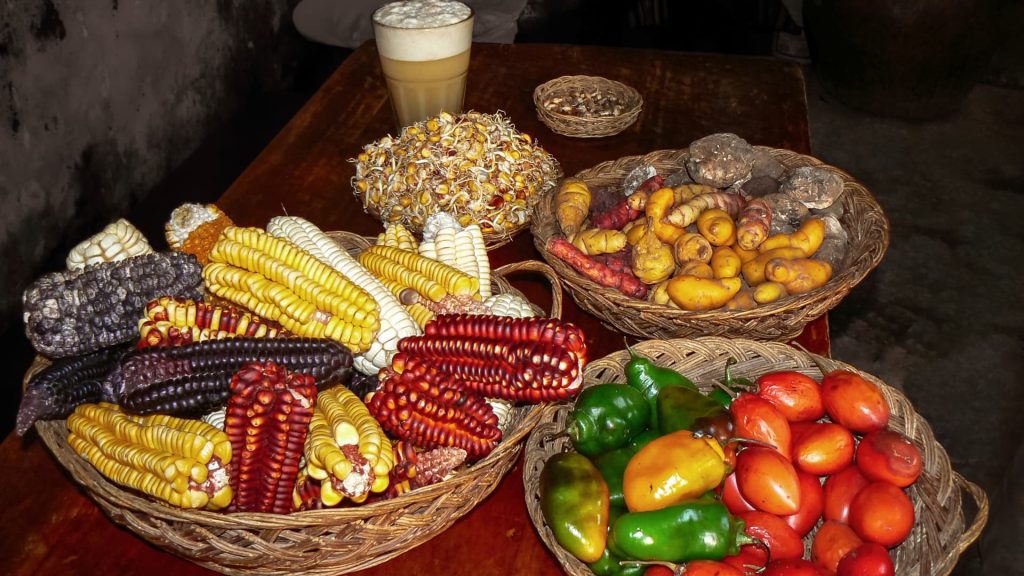
5. Chicha de Jora
The Incas traditionally prepared a sacred beverage by fermenting corn, a drink that remains popular in traditional festivities today. Because of its unique flavor, people continue to enjoy it at fairs and other celebrations, keeping this ancient tradition alive.

6. Coca tea
It is an infusion made from Coca leaves and is known to alleviate altitude sickness and improve blood circulation. It is an essential drink for visiting travelers who want to acclimatize in a natural way.

7. The famous Frutillada
It is made of fresh strawberry fruits and a touch of sugar which makes it pleasant to the palate. Its acid and sweet taste at the same time makes it a delicious option to accompany certain typical dishes typical of the Andean region.
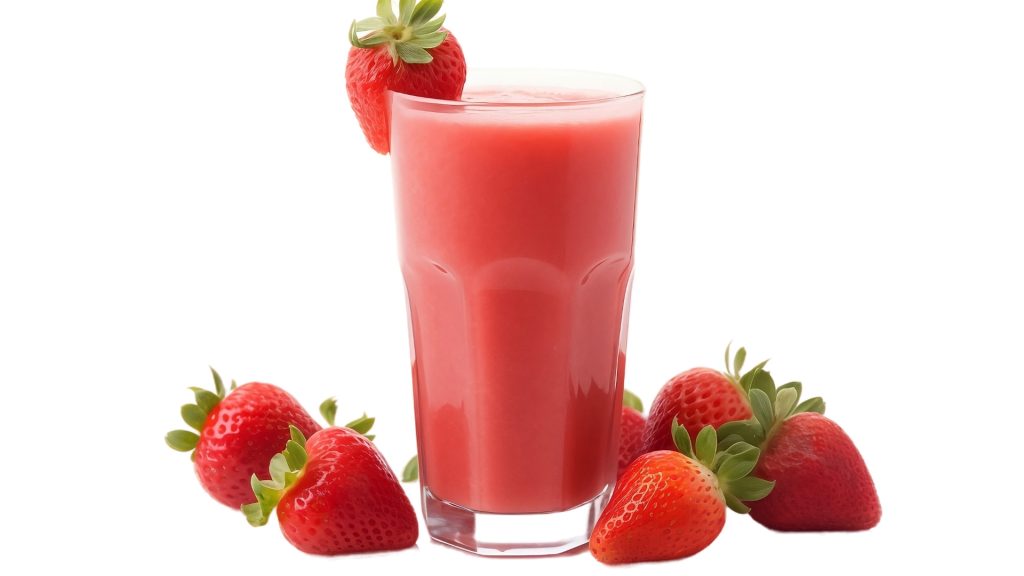
The Influence of Traditional Andean Food on Modern Cuisine
Our Andean cuisine has transcended borders over the years, and has been adapted by national and international chefs who seek to rescue its ingredients, techniques and flavors. Many restaurants in Cusco have reinvented a gourmet approach to these ancestral dishes without losing their essence. Ingredients such as kiwicha, aguaymanto and quinoa have gained international recognition for their high nutritional value and culinary versatility.
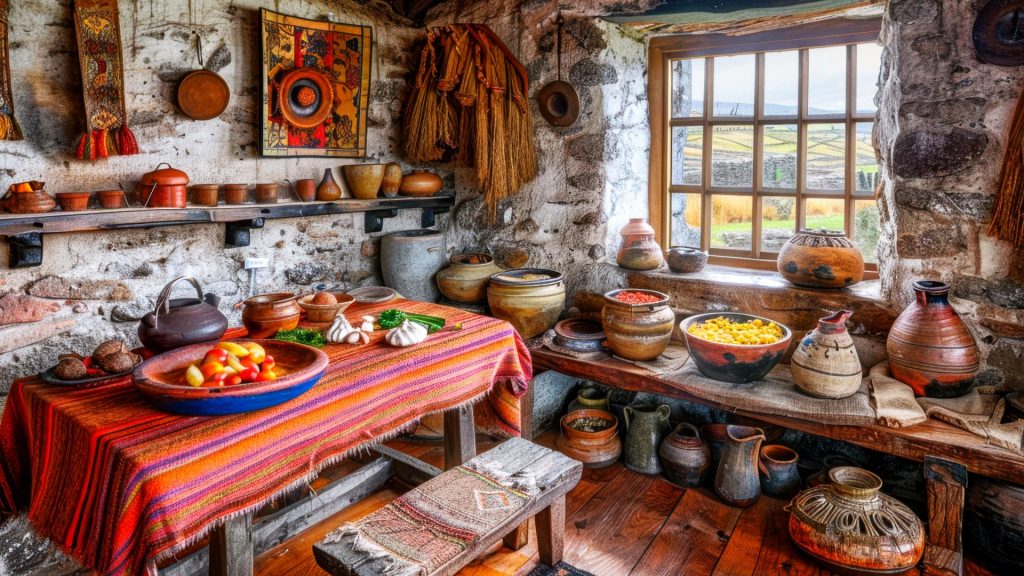
Today we can find dishes on the menu that are a fusion of our traditions with modern cuisine that creates a unique experience for all visitors.
A Traditional Banquet for the Soul and the Palate
Tasting Andean food is not only eating it, it is a journey through time, where every bite is cultural richness, identity and history of resistance. From a mate de coca to a plate of baked guinea pig, Cusco’s gastronomy invites all the senses to participate in a tribute to the Andes and our customs.

Do not hesitate and be sure to try these exquisite dishes of the region full of flavors and colors. in this way you will not only take unforgettable memories but also the happy heart of having tasted this gastronomic culture full of this millenary land.


